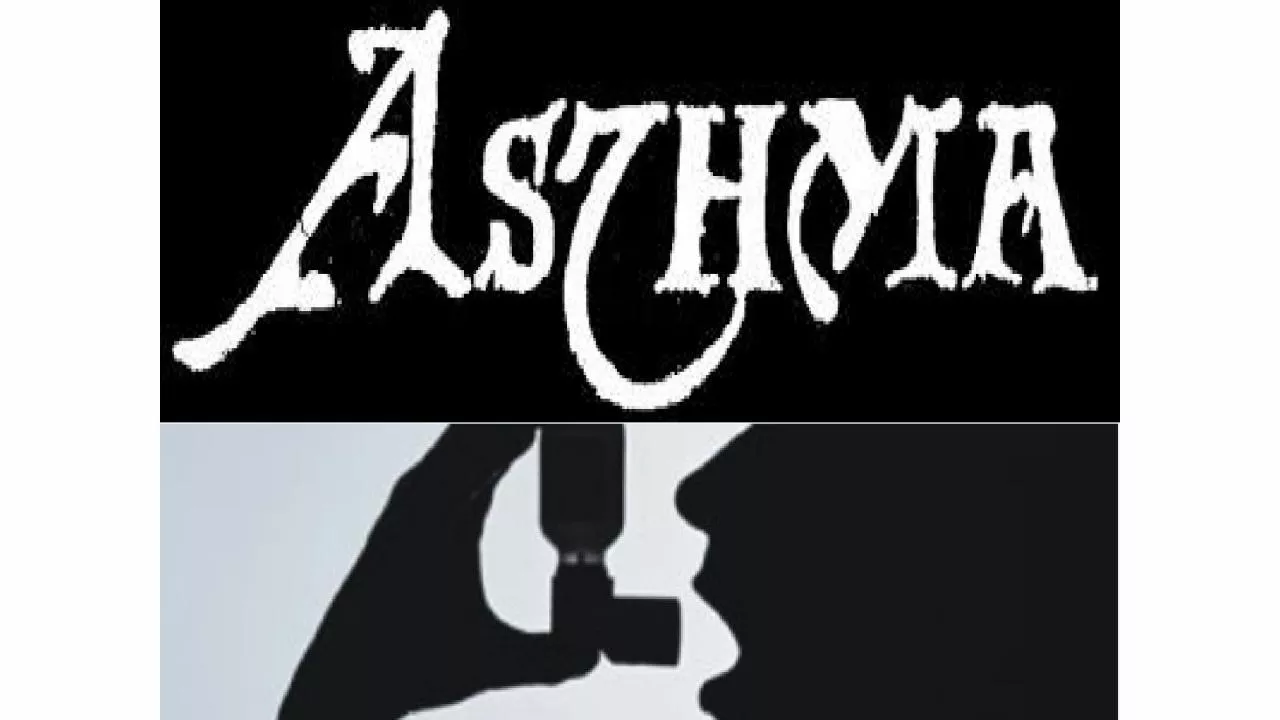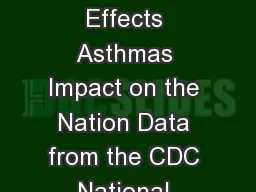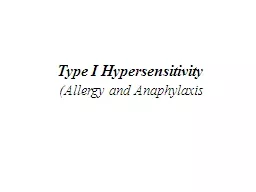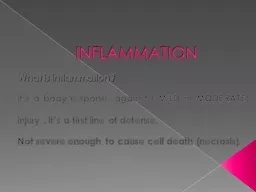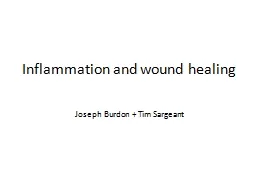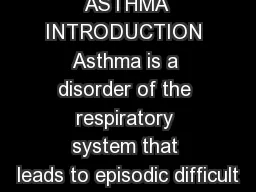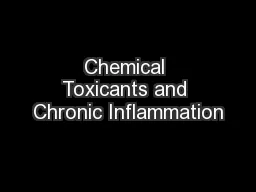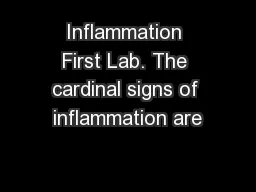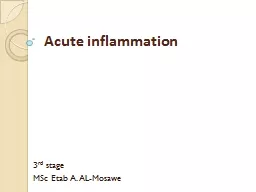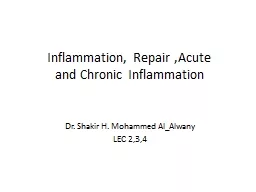PPT-Asthma Inflammation Bronchoconstriction
Author : ruby | Published Date : 2023-05-20
Hyperresponsive narrowing of the airways that causes airflow obstruction Hyperresponsiveness is an increased tendency of the airway to react to stimuli or triggers
Presentation Embed Code
Download Presentation
Download Presentation The PPT/PDF document "Asthma Inflammation Bronchoconstrictio..." is the property of its rightful owner. Permission is granted to download and print the materials on this website for personal, non-commercial use only, and to display it on your personal computer provided you do not modify the materials and that you retain all copyright notices contained in the materials. By downloading content from our website, you accept the terms of this agreement.
Asthma Inflammation Bronchoconstriction: Transcript
Download Rules Of Document
"Asthma Inflammation Bronchoconstriction"The content belongs to its owner. You may download and print it for personal use, without modification, and keep all copyright notices. By downloading, you agree to these terms.
Related Documents

